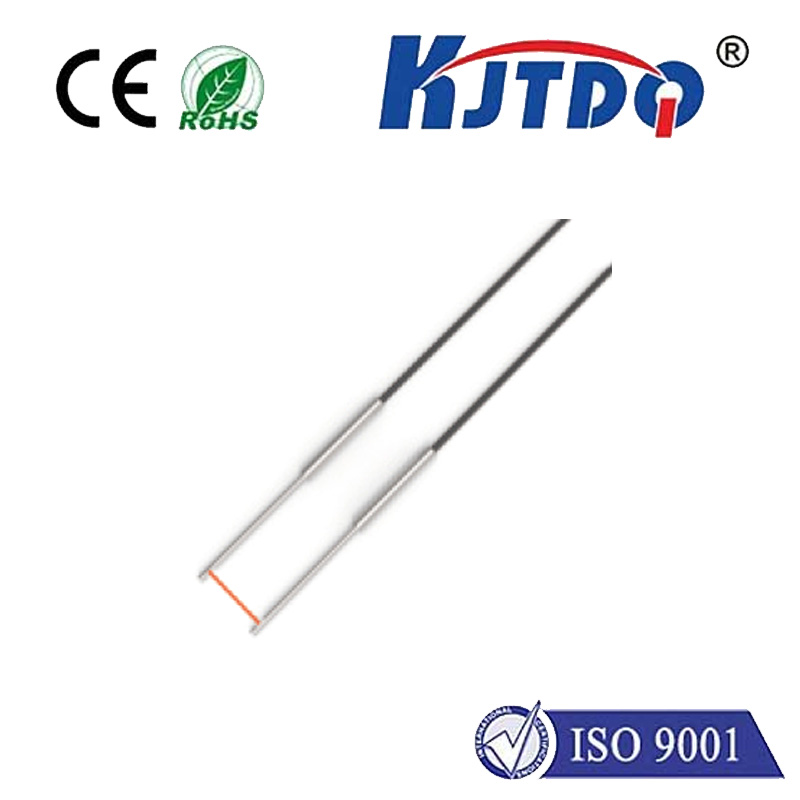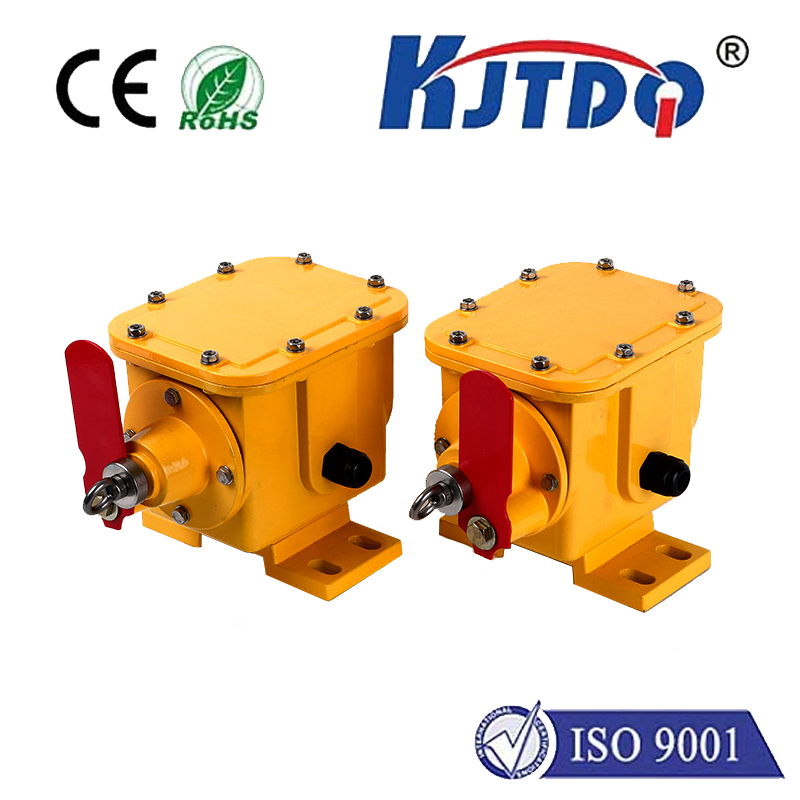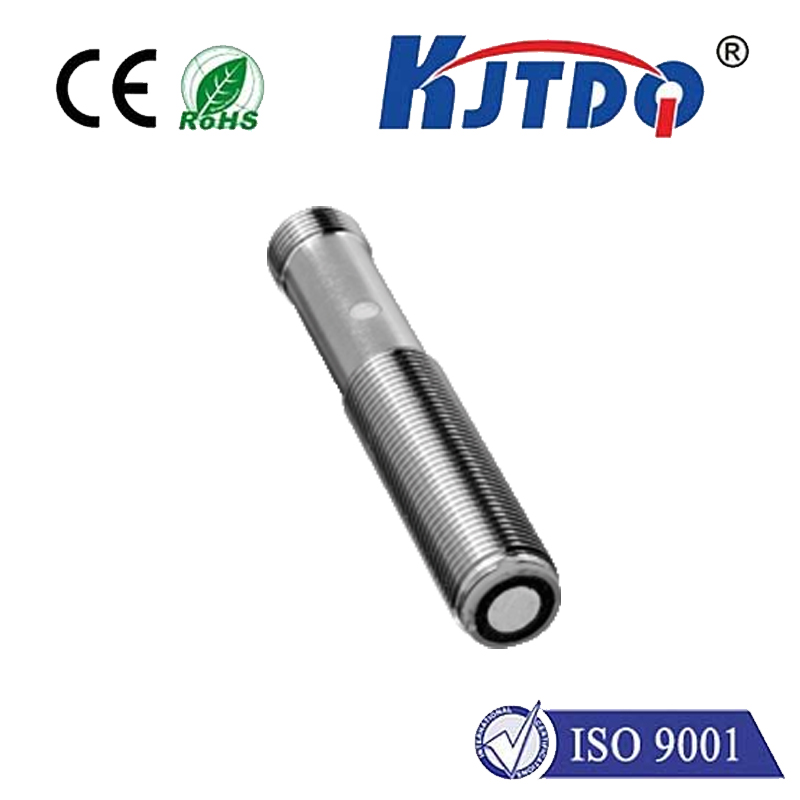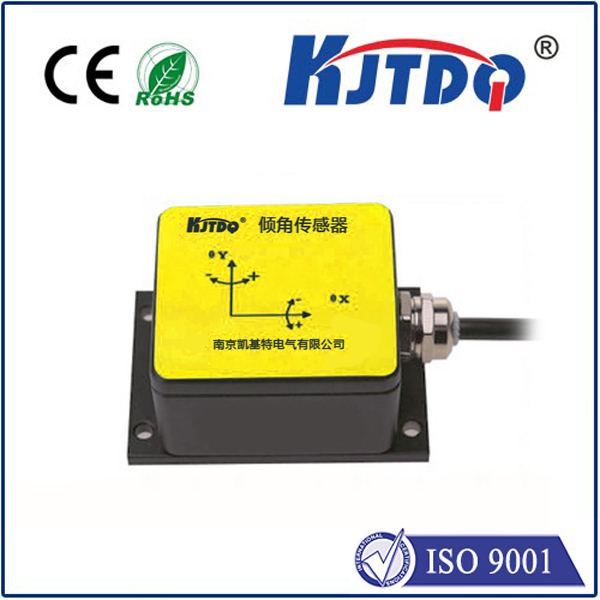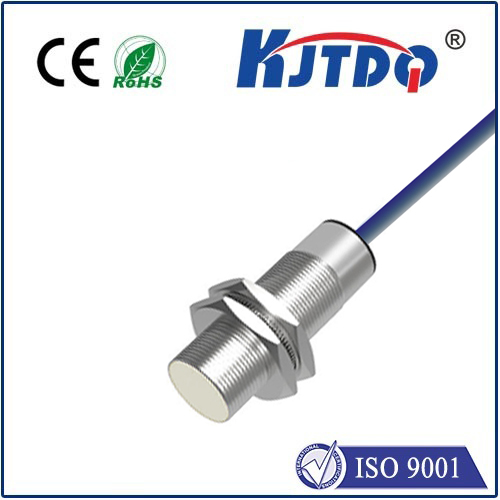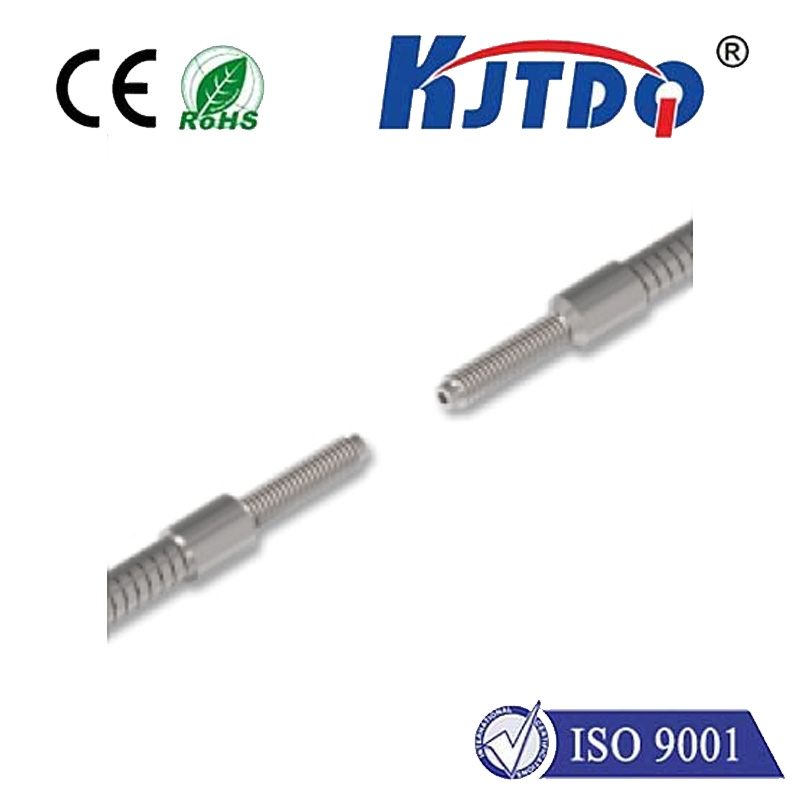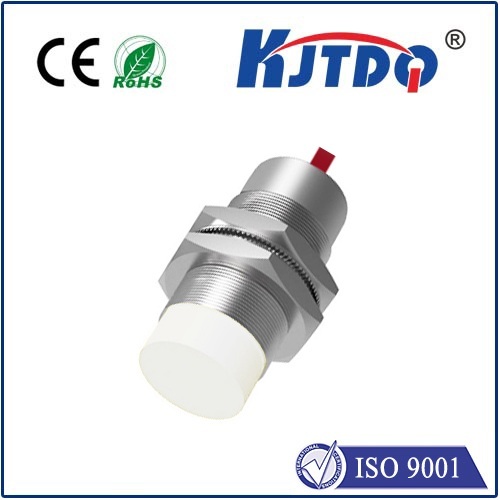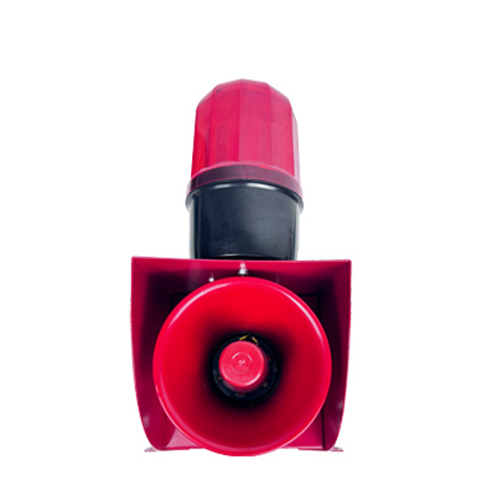diffuse type photo sensor
- time:2025-07-23 15:57:57
- Click:0
Diffuse Type Photo Sensors: The Workhorse of Proximity Detection in Automation
Imagine a production line humming with activity. Boxes zip along a conveyor, bottles fill precisely, and components snap into place. Ensuring everything happens flawlessly, reliably detecting the presence, absence, or position of countless objects, often without direct contact, requires a special kind of sentry. Enter the diffuse type photo sensor – a ubiquitous and indispensable component in modern industrial automation and beyond. Its elegance lies in its simplicity and self-contained operation, making it a go-to solution for countless detection tasks.
Understanding the Core Principle: Reflected Light Detection
Unlike its cousins, the through-beam sensor (requiring separate, aligned emitter and receiver units) or the retro-reflective sensor (bouncing light off a reflector), the diffuse photoelectric sensor is an all-in-one unit. It houses both the light emitter (typically an LED, often infrared for immunity to ambient light) and the light receiver (a phototransistor or photodiode) within a single housing.
Here’s the fundamental mechanism:
- The emitter projects a beam of light outward.
- This light strikes a surface – the target object itself.
- A portion of this light diffusely reflects off the target’s surface.
- The receiver, located within the same housing, detects this reflected light.
- The sensor’s internal electronics process this signal. Detection occurs when the amount of reflected light reaching the receiver surpasses (or sometimes falls below) a pre-set threshold.
The Power of Simplicity: Key Advantages

The integrated nature of diffuse sensors translates into significant practical advantages:
- Ease of Installation: Only one unit needs mounting and wiring. There’s no complex alignment with a separate receiver or reflector required, drastically simplifying setup and saving valuable installation time and cost. This is a major factor in their widespread adoption.
- Compact Design: Combining emitter and receiver allows for very compact sensor housings, enabling installation in tight spaces where a through-beam setup simply wouldn’t fit.
- Versatility in Object Detection: Diffuse sensors can detect a wide range of solid objects – boxes, bottles, cartons, machine parts, pallets, even liquids in some transparent containers. They are the workhorses of general presence/absence detection.
- Cost-Effectiveness: Generally, they offer a lower cost point compared to through-beam sensors (which require two separate housings and wiring) and are often simpler than specialized retro-reflective setups needing reflectors.
Where Diffuse Sensors Shine: Common Applications
The versatility and robustness of diffuse sensors make them suitable for a vast array of scenarios:
- Conveyor Systems: Detecting product presence/absence, counting items, triggering sorting gates, checking for jams.
- Packaging Machinery: Verifying filled bottles/cans on a line, monitoring carton flaps opening/closing, detecting labels, confirming cap placement.
- Material Handling: Pallet presence detection, stack height monitoring, detecting parts on feeders or robots.
- Assembly Lines: Verifying component presence before assembly steps, end-of-line product exit confirmation.
- Level Detection: Monitoring the fill level of opaque bins or containers (when positioned correctly).
- Door and Gate Monitoring: Detecting whether a door or safety gate is open or closed in industrial settings.
- Printing and Paper Handling: Detecting paper jams, presence at feed points.
Critical Selection Criteria: Not a Universal Solution
While incredibly useful, diffuse sensors have inherent limitations dictated by their operating principle. Careful selection is crucial for reliable performance:
- Target Characteristics: Performance is heavily dependent on the reflectivity, color, and surface finish of the target. A bright white, matte surface reflects light exceptionally well. A black, shiny, or highly textured surface reflects much less light, dramatically reducing the effective sensing range. Sensors often specify a “standard target” (e.g., matte white Kodak 90%) for their range ratings.
- Sensing Distance: Diffuse sensors have the shortest maximum sensing ranges among the three main photoelectric types due to the reliance on weak diffuse reflections. Maximum sensing distance is a critical spec and is always significantly influenced by target reflectivity.
- Background Suppression (BGS) & Foreground Suppression (FGS): Basic diffuse sensors can struggle if there’s a highly reflective background behind the target or irrelevant objects close to the sensor. This is where advanced variants come in:
- Background Suppression (BGS): Uses triangulation or intensity evaluation to detect only objects within a specific, defined distance zone, ignoring more distant objects (background). Essential for applications where targets are close to potentially reflective backgrounds.
- Foreground Suppression (FGS): Focuses detection beyond a set minimum distance, ignoring closer objects or sensor lens contamination.
- Ambient Light Immunity: While modern sensors use modulated light (pulsing the emitter) and sophisticated receivers to filter out constant ambient light, extremely bright or rapidly fluctuating light (like welding arcs or direct sunlight hitting the sensor head) can still cause interference.
- Target Angle: The angle at which the target presents itself to the sensor can affect the amount of reflected light received. Consistency in presentation helps reliability.
Diffuse vs. Others: Choosing the Right Tool
Understanding how diffuse sensors compare to alternatives helps in selecting the optimal solution:
- vs. Through-Beam: Through-beam offers the longest range and highest immunity to target color/surface finish and ambient light, as it relies on direct beam interruption. However, it requires precise alignment of two separate units and more complex installation. Diffuse wins on simplicity and compactness where moderate range suffices.
- vs. Retro-Reflective: Retro-reflective uses a reflector and offers longer range than diffuse and better immunity to target finish than basic diffuse. However, it needs a reflector mounted opposite and can be confused by highly reflective targets passing between sensor and reflector. Diffuse is preferable when reflectors are impractical or targets are highly reflective.
Maximizing Performance: Practical Tips
To ensure your diffuse sensor operates reliably:
- Match Sensor to Target: Always consider the reflectivity and typical distance of your target. Consult sensor datasheets that specify range vs. reflectivity. For low-reflectivity targets, choose a sensor specifically designed or adjusted for darker colors.
- Consider BGS/FGS: If your application involves varying distances, reflective backgrounds, or potential foreground interference, invest in a sensor with Background or Foreground Suppression technology. This significantly boosts application robustness.
- Factor in Environment: Protect sensors from excessive dust, moisture, or chemicals with appropriate IP ratings. Shield lenses from buildup and clean them regularly. Be mindful of ambient light conditions; use hoods or sunshades if necessary.
- Mount Securely: Minimize vibration. Ensure the target consistently passes within the sensor’s optimal detection zone and angle.
- Utilize Adjustability: Many sensors offer sensitivity adjustment potentiometers or teach-in buttons. Fine-tune the threshold for optimal performance with your specific target under operating conditions.
Conclusion: Indispensable Simplicity
The diffuse type photo sensor remains a cornerstone of industrial sensing. Its self-contained design, relative simplicity, versatility, and cost-effectiveness make it an excellent first choice for countless proximity detection tasks. By understanding its core operating principle – reliance on diffusely reflected light – and carefully considering factors like target reflectivity, required sensing distance, and the potential need for background or foreground suppression, engineers and technicians can leverage this robust technology to build reliable, efficient, and cost-effective automation systems. From the humblest conveyor belt to complex robotic assembly, the diffuse sensor quietly and effectively confirms presence, drives actions, and keeps processes flowing smoothly.






